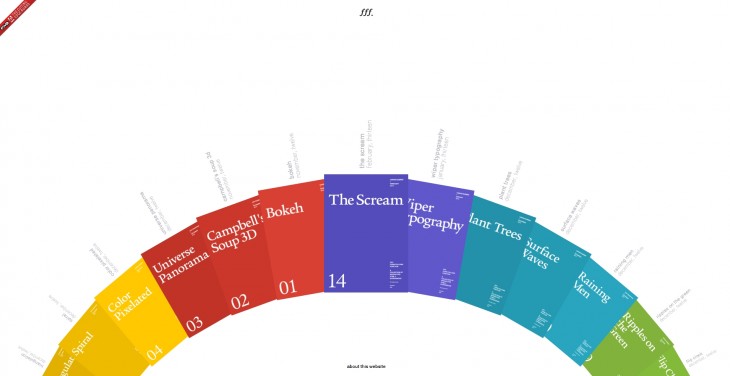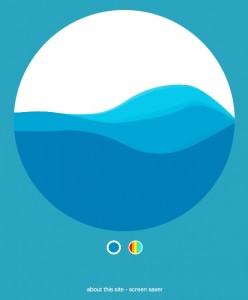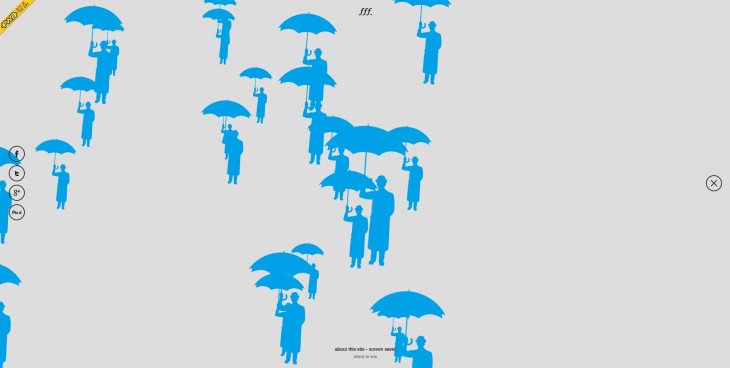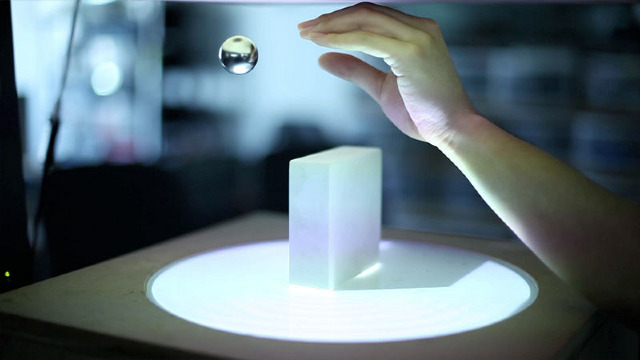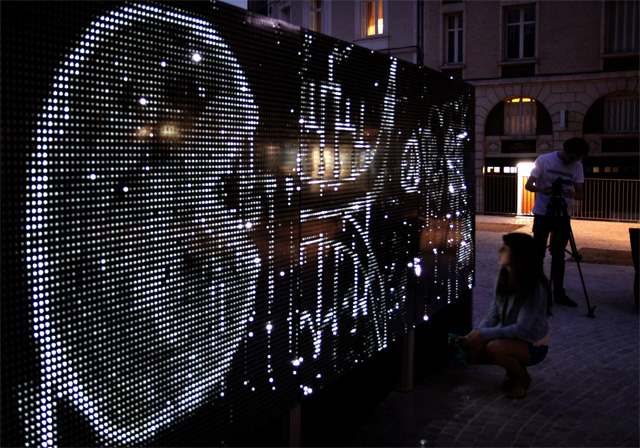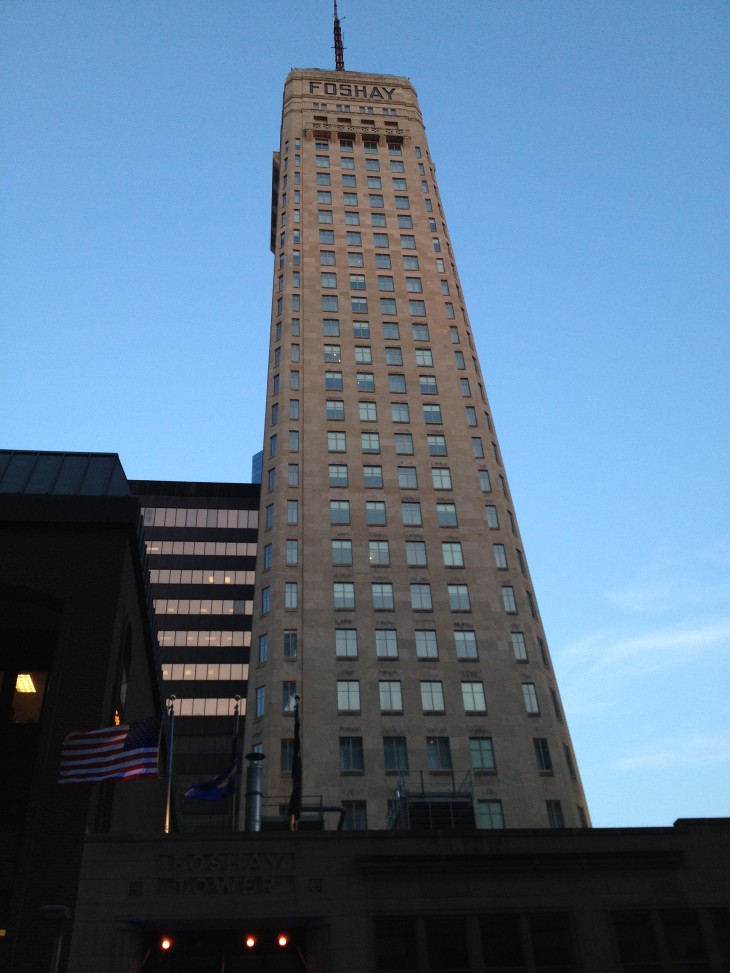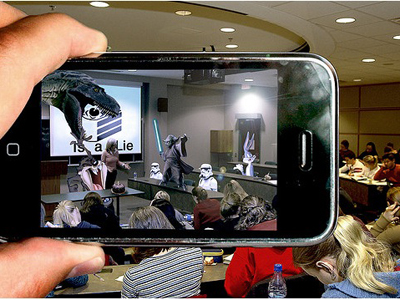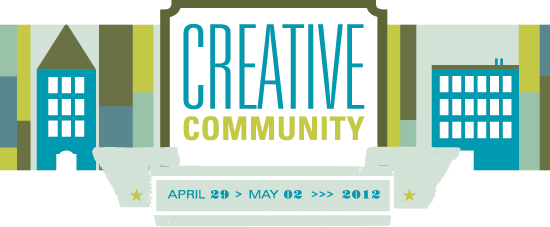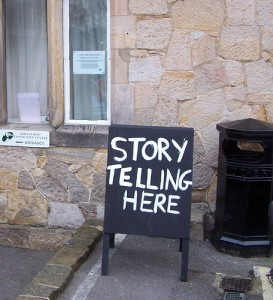 Recently, at the Giant Screen Cinema Association conference, we here at ALCHEMY studio were asked to speak on how to maximize the educational impact of giant screen films while still reserving the entertainment aspect of this impressive medium. The thinking we shared is one that we feel is applicable to exhibitions as well as films, since we work in both mediums. While there clearly are differences between large screen films and exhibitions, there are some similarities that tie them together in terms of impact and entertainment.
Recently, at the Giant Screen Cinema Association conference, we here at ALCHEMY studio were asked to speak on how to maximize the educational impact of giant screen films while still reserving the entertainment aspect of this impressive medium. The thinking we shared is one that we feel is applicable to exhibitions as well as films, since we work in both mediums. While there clearly are differences between large screen films and exhibitions, there are some similarities that tie them together in terms of impact and entertainment.
- They both try to be impact-driven as well as meet leisure time entertainment goals.
- They are mass communication mediums – they are for the general public, taken in by large numbers at the same time.
- Increasingly, there is a desire by either the medium or the institutions exhibiting these experiences to impact not only the mass public but some very targeted groups including policy makers, and even those who don’t usually interact with these mediums.
- To various degrees, the experience is determined by the designer/producer, not by the visitor/viewer.
- And finally, perhaps most importantly, exhibitions and giant screen films are both storytelling mediums.
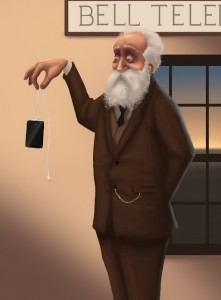 But in our world these mediums and the stories they tell no longer sit in a vacuum. With the rise of social media and the ever-growing sophistication of the devices that we use while on the move – ipods, smart phones, eyeglass interfaces, etc. – the audience expectations of who, how , when and with whom interactions occur is changing. This means that, to be successful in both in impact and storytelling (entertainment):
But in our world these mediums and the stories they tell no longer sit in a vacuum. With the rise of social media and the ever-growing sophistication of the devices that we use while on the move – ipods, smart phones, eyeglass interfaces, etc. – the audience expectations of who, how , when and with whom interactions occur is changing. This means that, to be successful in both in impact and storytelling (entertainment):
we as designers and producers must incorporate all mediums – the “web of engagement” – that now surround us.
This clearly comes through in the recent research being done by Latitude Research. We really recommend reading their short summary.  Their recent work in the future of storytelling is a clear sign that as we develop our stories in either exhibitions or films, we need to use this web of engagement if we are to meet the desires and the place where our visitors and viewers are. They target four ”I’s” to think about: Immersion- instant access to deeper information, provide context, different viewpoints, heighten the sensory experience, extend the story Interactivity – change the plot, interact with virtual and real characters and ideas, interact with others taking in the story, heighten the sensory experiences Integration – integrate the real/my world into the story, seamless interaction between media, use location, time, environment Impact – empowering action from the audience, self-improvement, commercial and philanthropic All of these require using the ubiquitous web of information and the anytime, anyplace technology. Imagine these scenarios (taken, in this instance, from upcoming giant screen films):
Their recent work in the future of storytelling is a clear sign that as we develop our stories in either exhibitions or films, we need to use this web of engagement if we are to meet the desires and the place where our visitors and viewers are. They target four ”I’s” to think about: Immersion- instant access to deeper information, provide context, different viewpoints, heighten the sensory experience, extend the story Interactivity – change the plot, interact with virtual and real characters and ideas, interact with others taking in the story, heighten the sensory experiences Integration – integrate the real/my world into the story, seamless interaction between media, use location, time, environment Impact – empowering action from the audience, self-improvement, commercial and philanthropic All of these require using the ubiquitous web of information and the anytime, anyplace technology. Imagine these scenarios (taken, in this instance, from upcoming giant screen films):
- What was/is school like for a Muslim in Jerusalem?
- Can we direct where the tornado hunters go today?
- Can you give me live “news updates” on the wildebeest migration?
- Can we use Kickstarter to start a sequel?
- When is the cosplay Dragon gala ball across the country?
These are just a few examples of the kinds of things the new generations are asking for from their stories. And, again, it’s not just films on the receiving end of this need – it will include exhibitions and other storytelling mediums (transmedia) as time moves forward.
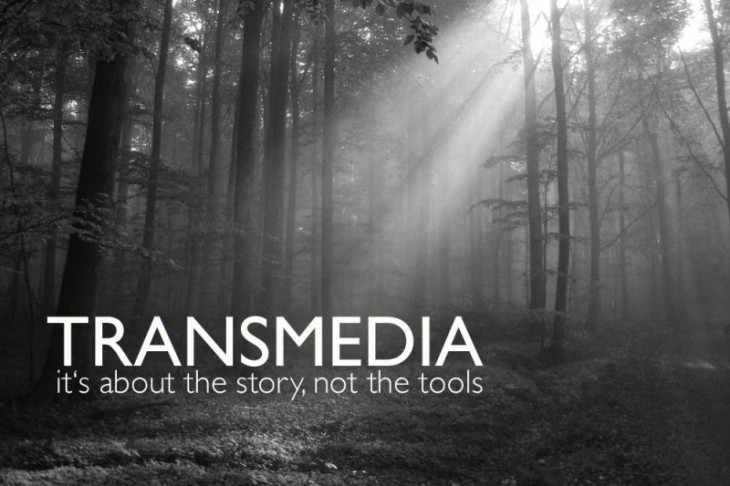 Flow Media
Flow Media
We need to break out of our model of thinking of siloed one media projects when we start on a subject from the beginning.
We should let the story tell us what media to use to create which impacts. This is the future of film and exhibitions that really make a difference.
Clearly, as we design experiences, all of us must think across multiple mediums and determine which impacts and what parts of the story should be told where and how. These modes should be synced from the start because our audiences will be looking for that seamless coherence and alignment.
illustration from Latitude




